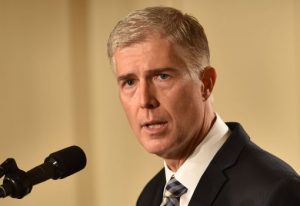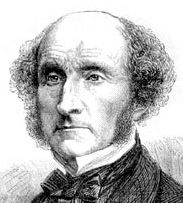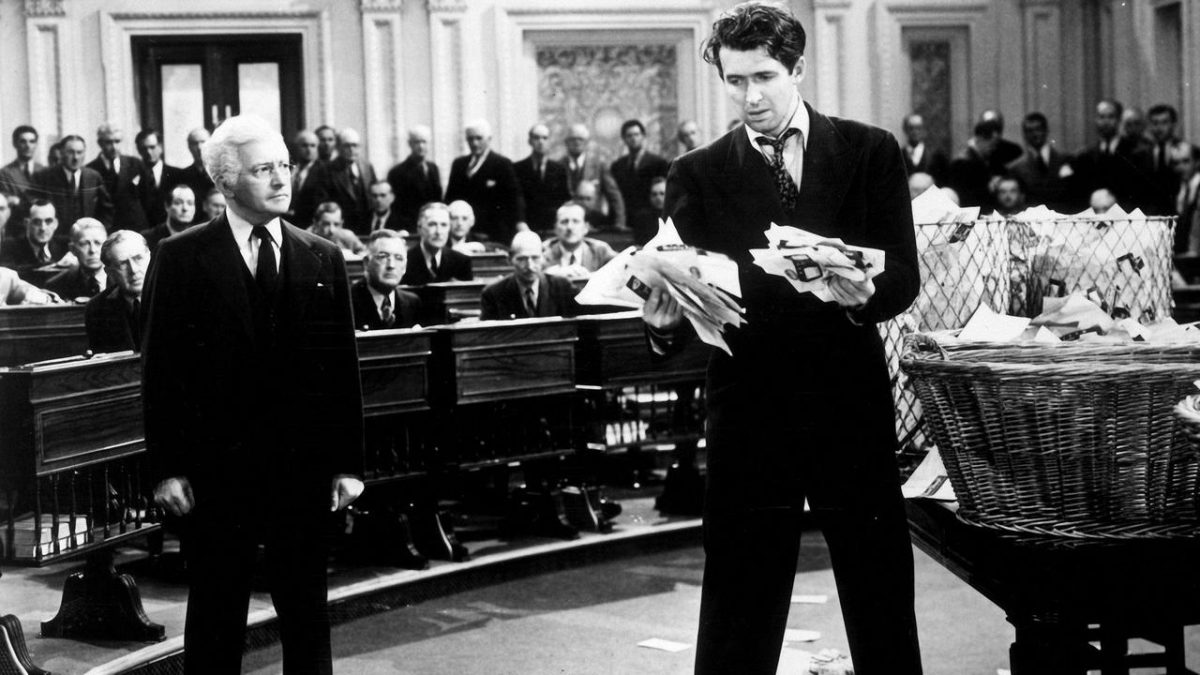The road for Supreme Court confirmation for Judge Neil Gorsuch is clear. The likelihood of Democrats using the filibuster to prevent a vote on Judge Gorsuch is diminishing. There are now three avenues towards confirmation, and the first and easiest (an actual direct vote) is becoming more probable. Judge Gorsuch’s path to confirmation thus appears wide open. His fate is likely in his own hands. He will have to successfully navigate the waters of the Senate hearing process, which no doubt will be hazardous – but the way is open.

Let’s take a look at the three available roads to confirmation, and why it is highly probable Judge Gorsuch will have his vote.
Judge Gorsuch’s Path to Confirmation – A Straight Vote on the Senate Floor
The simplest and most direct path to confirmation is through a filibuster-proof agreement by senators to hold a vote. To their credit, nine Democratic senators have publicly committed to the Senate holding that vote after the hearing process is complete. With nine on board, only 39 Democratic senators remain, two short of the 41 necessary to successfully filibuster the nomination. Here’s the Democrats’ nine, and what they each said:
Senator Richard Blumenthal (Connecticut) – “I will support having a hearing and a vote because I think the president’s nominee deserves that consideration.”
Senator Jeanne Shaheen (New Hampshire) – “Unlike the Republican majority, I haven’t heard any Democrats saying we don’t think that Judge Gorsuch should get a hearing or that he should get an up-or-down vote. Everybody I’ve talked to agrees he should get a hearing and an up-or-down vote.”
Senator Claire McCaskill (Missouri) – “We should have a full confirmation hearing process and a vote on any nominee for the Supreme Court.”
Senator Heidi Heitkamp (North Dakota) – When asked if Judge Gorsuch should get an up-or-down vote, or be blocked by a filibuster, she replied “Absolutely.”
Senator Chris Coons (Delaware) – “I’m not going to do to President Trump’s nominee what the Republicans in the Senate did to President Obama’s. I will push for a hearing and I will push for a vote.”
Senator Joe Manchin (West Virginia) – “I’m not going to filibuster anybody.”
Senator Jon Tester (Montana) – “There’s no doubt what they did [on Judge Garland] was wrong and unconstitutional. In the end, I don’t think we should play their game. Have a hearing and vote.”
Senator Dick Durbin (Illinois) – “I will meet with Judge Gorsuch and support a hearing and a vote for him.”
Senator Joe Donnelly (Indiana) – “As I have said part of our job as Senators includes considering, debating, and voting on judicial nominations, including the Supreme Court. I will carefully review and consider the record and qualifications of Neil Gorsuch.”
If these nine senators follow-through on their public statements, an attempted filibuster will fail. In that case Judge Gorsuch’s path to a vote is clear.
Judge Gorsuch’s Path to Confirmation – Removal of the Filibuster
First, a little primer on the filibuster and the procedural rules that end it.

A “filibuster” in the U.S. Senate is “an attempt to block or delay Senate action on a bill or other matter.” Senate Rule 22 provides the formal procedure for breaking a filibuster. A filibuster ends if “cloture” occurs. A successful cloture requires the vote of 60% of the Senators “present and voting.” Usually, this is 60 senators. When cloture occurs, debate is thereafter limited to 30 additional hours, after which a vote on the matter occurs. A filibuster is thus a tool where a sufficient minority of senators can effectively kill a matter by preventing a vote.
The Senate has successfully filibustered only one nominee to the Supreme Court. That occurred in 1968 with Lyndon Johnson’s failed nomination of Abe Fortas.
Current Senate filibuster rules thus provide that if 41 Senators agree to block Judge Gorsuch, no vote is held on his confirmation and his nomination would then fail. This has led to speculation that the Republicans would move to eliminate the filibuster (the so-called “nuclear option”), allowing a vote to proceed. Under that scenario, confirmation would be assured if 51 Republicans support it.
A Little Procedural History – How the “Nuclear Option” Can Be Used
Senate Rule 22 was initially crafted in the 1910’s. Before that point, there was no formal filibuster rule. On its face Senate Rule 22 provides that the rule itself cannot be changed without a vote of two-thirds of all senators (a super-majority). In effect, under Rule 22 the 60 vote requirement for cloture cannot be changed unless 67% of the senators agree.

But there is significant support for the notion that this 67% requirement is unconstitutional.[note]See, generally, “The Constitution Today: Timeless Lessons for the Issues of Our Era,” by Ahhil Reed Amar (2016) at 99[/note] And in 2013, the Senate under then-majority leader Harry Reid changed Rule 22, with the vote of just 51 senators, in a limited manner. Now, cloture can occur on a vote of a simple majority of senators present and voting with respect to presidential nominations to positions other than the Supreme Court. The 60-vote cloture rule remained in place for Supreme Court nominations. However, given Senator Reid’s precedent, a change to the cloture rule for Supreme Court nominations could also occur with just 51 votes. This is the so-called “nuclear option.”
Republicans Can Easily Change the Cloture Rule for Supreme Court Nominations
We can debate the pros and cons of the filibuster as a tool in the U.S. Senate. Those in favor of eliminating the filibuster claim that it is unconstitutional. They argue that the Constitution allows super-majority votes in only limited circumstances. Filibuster opponents also point out that the filibuster allows a minority to block Senate action. They claim this accounts for the Senate’s failure to “get things done.” Proponents of the filibuster believe that it protects the rights of the minority. This feeds into the larger debate of whether “majority rule” on all matters is appropriate in a democracy.
But it is clear that the Senate can change its cloture rule. And it can do so on the vote of just 51 senators. Republicans hold 52 seats. If they vote together, they can, if necessary, eliminate any filibuster of Judge Gorsuch. Judge Gorsuch’s path past the filibuster is clear.
Judge Gorsuch’s Path to Confirmation – The Rule 19 “Two-Speech” Limit
The Republican majority can avoid use of the nuclear action and force a vote on Judge Gorsuch under Senate Rule 19. By doing so, both the filibuster and the 60-vote cloture rule on Supreme Court nominations are preserved. At the same time, this rule guarantees debate on the Senate floor. Here’s how.
Rule 19 concerns the conduct of Senate “debate.” It provides that on any given matter, such as Judge Gorsuch’s nomination, each senator may only speak twice on a “legislative day.” This is the “two-speech rule.” It is a limitation on the extent of debate. After each senator speaks twice on Judge Gorsuch’s nomination, debate ends.
Senate rules provide that a “legislative day” is the time between when the Senate convenes and when it adjourns. Therefore, the Senate can have a single legislative day last over several months. There is historical precedent for this. As a result, the Senate could limit the debate over Judge Gorsuch to one legislative day, spanning multiple calendar days.
Effectively, the two-speech rule forces opposition senators to continuously speak in order to delay a final vote. They could delay a vote, perhaps for an extended period. But a vote is inevitable.
Theoretically, each Senator could speak for as long as his stamina allowed, suggesting that a confirmation vote could be postponed indefinitely. But the speech of any senator can be terminated through another procedural mechanism. Each calendar day a cloture motion could be filed in the Senate on a separate matter. A cloture motion on calendar day one ripens for a vote on the next calendar day. Thus, a cloture motion vote would automatically be held while a Democrat was speaking against Judge Gorsuch. The speaker would lose the floor in order for the cloture vote to occur. His “first speech” would thereby end. Cloture motions could be filed each day, forcing a definite end to debate under the two-speech rule.
The Republicans can force an end to debate without reaching cloture and the filibuster. Judge Gorsuch’s path through debate to a vote cannot be stopped.
The Road to Confirmation is Wide Open
The Democrats cannot stop a vote on Judge Gorsuch. His confirmation is there for him to take if he successfully navigates the hearing that awaits him.

